Transforming Coastal Challenges Into IoT-Driven Excellence
Xiamen, China, isn’t just a city with the sea as a backdrop—it’s a city where the ocean shapes daily life. Every corner pulses with maritime culture: from the nostalgic charm of Gulangyu Island’s waterfront villas to the iconic “sail-shaped” Shimao Strait Towers that pierce the sky. Its coastal bike lane, which winds across Xinglin Bay, is more than just a path. It’s a bridge between tradition and innovation, allowing riders to glide past egret habitats, ancient fishing villages, and the architectural legacy of Tan Kah Kee. Yet building this smart waterfront bike lane—one that’s safe, efficient, and eco-friendly—required addressing unique coastal challenges. And Bivocom IoT solutions stepped up to deliver.
Early Hurdles of Xiamen Waterfront Bike Lane
- Ecology under strain: Xinglin Bay’s waters, once polluted by industrial runoff, sat at “inferior Grade V” quality, with algal blooms triggering foul odors.
- Structural risks: Salt spray corroded metal railings, while tidal erosion loosened bridge pilings.
- User experience: Overcrowded sections lacked real-time alerts, steep ramps excluded wheelchair users, and dim lighting made night rides unsafe.
These issues weren’t unique to Xiamen—but solving them required tech tough enough for coastal life.
On-Site Deployment
The transformation of Xiamen’s Smart Waterfront Bike Lane hinges on a unified IoT architecture. This system turns fragmented challenges into coordinated intelligence. Bivocom’s layered approach weaves together precision data capture, reliable transmission, and real-time decision-making. Every component works in sync to address coastal-specific hurdles.
Core Product Features Comparison
The table below outlines the key specifications of Bivocom’s three core devices. All are tailored to meet the rigorous demands of coastal environments. Notably, the TG452 Edge IoT Gateway is designed with the TR323 as a foundation. It serves as a forward-looking upgrade, ready to support more advanced smart needs for future infrastructure.
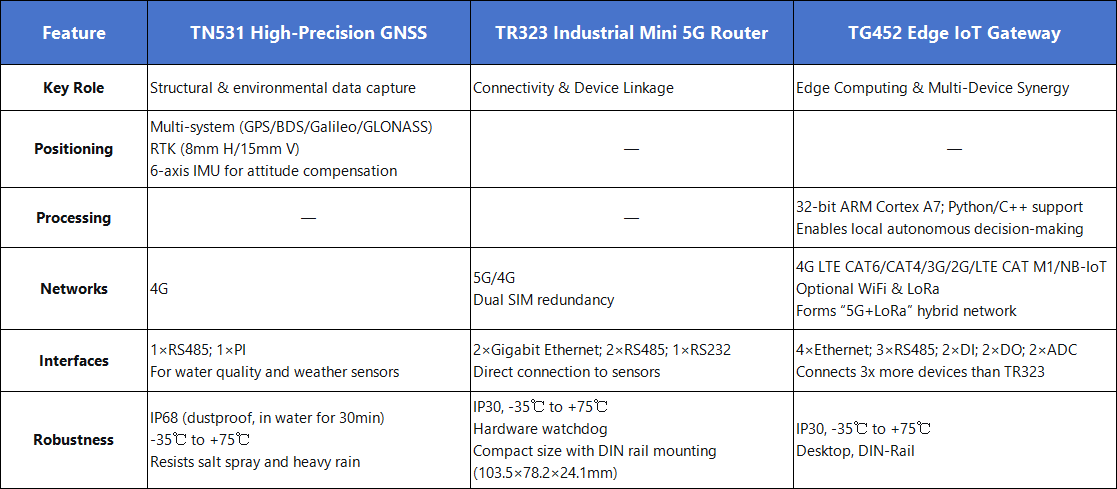
On-Site Application & Impact
TN531 High-Precision GNSS Receiver
- Structural health monitoring: The TN531 is mounted on key bridge sections. Its high-precision GNSS tracks minor displacements or subsidence of pilings, detecting shifts as small as 2-3mm. When it identified erosion near an egret habitat, it triggered an alert. Consequently, maintenance teams reinforced the structure proactively.
- Ecology protection: Linked to water quality sensors in Xinglin Bay, the TN531 transmits real-time data on algal blooms and dissolved oxygen. When abnormal ammonia levels were spotted, the system alerted ecological teams to adjust water circulation. This consequently helped improve water quality to “Grade V” over time.
- Weather resilience: With built-in 4G communication, the TN531 sends rain and wind data to the cloud. This powers early warnings for typhoons and heavy rain, allowing managers to close the lane or issue safety reminders before storms hit.
TR323 Industrial Mini 5G IoT Router
- Smart security: The TR323 links to spherical IP cameras along the lane. When AI in the cameras detects “non-motor vehicle occupation” (e.g., electric scooters on the cycling path) or “overcrowding” (e.g., tourists gathering for photos), the router sends alerts to IP speakers. The speakers then broadcast real-time guidance (e.g., “Please keep to the walking path”), cutting collision risks by half.
- Odor monitoring: Connected to foul odor gas sensors near the bay, the TR323 transmits data on ammonia and hydrogen sulfide levels. If odors exceed thresholds, the system triggers ventilation adjustments in nearby rest areas and notifies teams to clean stagnant water—improving rider comfort.
- Uninterrupted connectivity: In remote sections (e.g., near ancient fishing villages), the TR323 dual SIM redundancy switches between networks automatically. This ensures camera feeds and sensor data never lag, critical for 24/7 monitoring.
TG452 Edge IoT Gateway
- Localized smart responses: Unlike the TR323 (which mainly transmits data), the TG452 processes data on-site. For example, when its ADC ports detect low light (via light sensors) and high foot traffic (via camera AI), it automatically adjusts LED brightness—brightening during peak hours and dimming at midnight, cutting energy use by 30%.
- Multi-device synergy: The TG452 integrates data from the TN531 (structure), TR323 (security), and new sensors (e.g., bike rental equipment). If the TN531 detects a bridge piling issue and the TR323 shows nearby overcrowding, the gateway triggers a “partial lane closure” alert on digital signs and redirects riders via AR navigation—avoiding chaos.
- Green energy management: Connected to solar panels along the lane, the TG452 monitors power generation and storage. When solar output is high, it diverts excess energy to charge bike rental batteries; when output is low, it switches to grid power—aligning with Xiamen’s “carbon neutral” goals.
Global Coastal Lanes: Challenges & Bivocom Fixes
Worldwide, top waterfront bike lanes—lauded for merging coastal charm with urban mobility—face the same core challenges tied to their marine environments. These struggles mirror Xiamen’s early hurdles, and Bivocom’s IoT solutions, refined in Xiamen, prove universally applicable to fix them.
Global Iconic Lanes & Their Core Issues
- Denmark Copenhagen Harbor Bike Lane: Tidal erosion damages pilings; conflicting rules (eco vs. tourism) delay upgrades.
- Singapore East Coast Park Lane: Mangrove degradation from salt; overcrowding causes collisions.
- Miami Beach Waterfront Lane: Seasonal flooding from sea-level rise; salt corrodes railings fast.
- Australia Gold Coast Bikeway: Salt raises soil salinity, killing trees; tourist crowds slow pro cyclists.
- Japan Kamakura Coastal Lane: No wheelchair ramps (until 2020); generic signage ignores local culture.
Polluted water, eroding pilings, poor accessibility—these early issues in Xiamen aren’t unique. But the city’s success shows they’re solvable, and Bivocom’s solutions work wherever such coastal challenges emerge. (Xiamen’s Struggles = Global Coastal Norms)
Bivocom Universal Adaptability
- Tackles ecological strain (e.g., Singapore mangroves, Xiamen water quality) with precision monitoring.
- Fixes structural risks (e.g., Copenhagen pilings, Miami corrosion) via durable, real-time tracking.
- Solves accessibility/operational gaps (e.g., Kamakura ramps, crowds) with reliable connectivity and smart coordination.
Future of Smart Waterfront Lanes
Xiamen’s waterfront bike lane is evolving from a standalone transit route into vital “smart city capillaries,” blending technology, ecology, and culture to become a model of urban harmony with nature. Its future vision centers on three core goals: upgrading to a “Smart Greenway 2.0” with solar-powered amenities, smart rewards systems, and integrated 5G-enabled services; linking with coastal routes via elevated paths to form a connected inter-district cycling network; and deepening cultural ties through heritage-themed stations, art installations, and “cycling + education” experiences.
-
Tech integration: Leveraging real-time digital replicas of the greenway and instant on-site data analysis to enable smart monitoring, risk forecasting, and rapid responses.
-
Seamless system synergy: Connecting with broader transit networks for dynamic adjustments, while merging ecological management with digitized cultural experiences to link conservation, heritage, and low-carbon travel.
-
Green sustainability: Building self-sustaining energy networks using renewables, paired with incentive programs that track and reward low-carbon behaviors.
-
Supportive frameworks: Establishing unified technical standards for seamless device compatibility, backed by collaborative governance models to coordinate resources and drive development.
About Bivocom
With 11+ years of industrial IoT expertise and a presence in 90+ countries, Bivocom transforms coastal infrastructure challenges into IoT-driven excellence. We empower Smart Waterfront Bike Lanes globally to achieve safety, eco-friendliness, and operational efficiency. Aligned with global smart city initiatives, we help cities turn coastal assets into harmonious blends of nature, culture, and technology, all while cutting maintenance costs. Our Support for Your Waterfront Bike Lane Project:
- Piloting: Test solutions in your project’s unique coastal context—validating performance against salt spray, tidal erosion, and dynamic user flows.
- Customization: Tailor IoT systems to your needs—from remote coastal connectivity to region-specific ecological monitoring and crowd management.
- Integration: Unify data from structural, environmental, and operational sensors with your existing urban management platforms, eliminating data silos.
Bivocom helps cities thrive with resilient, intelligent coastal infrastructure solutions. Contact [email protected] today for a free assessment to outline your tailored plan. With us, you’re building a waterfront landmark that’s smart, sustainable, and built to last.
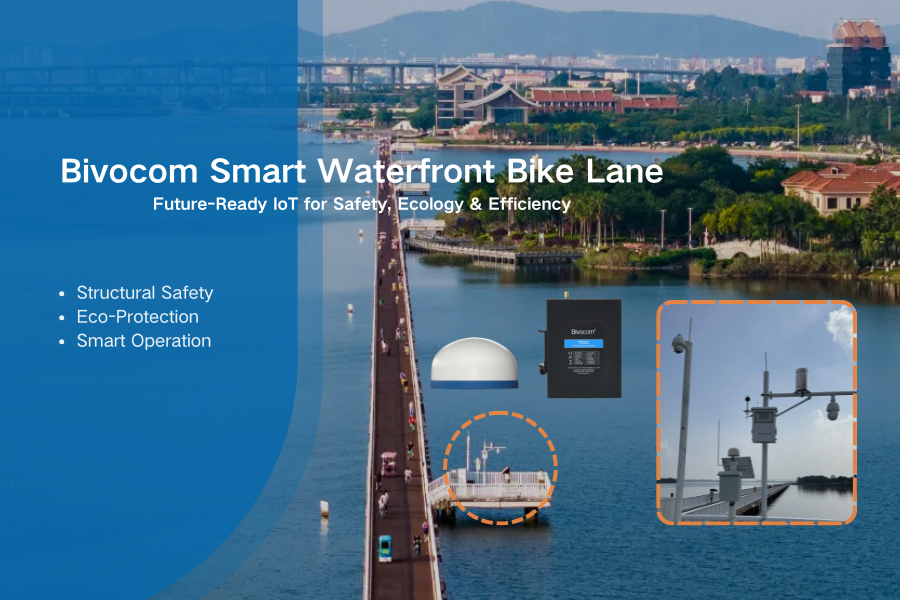
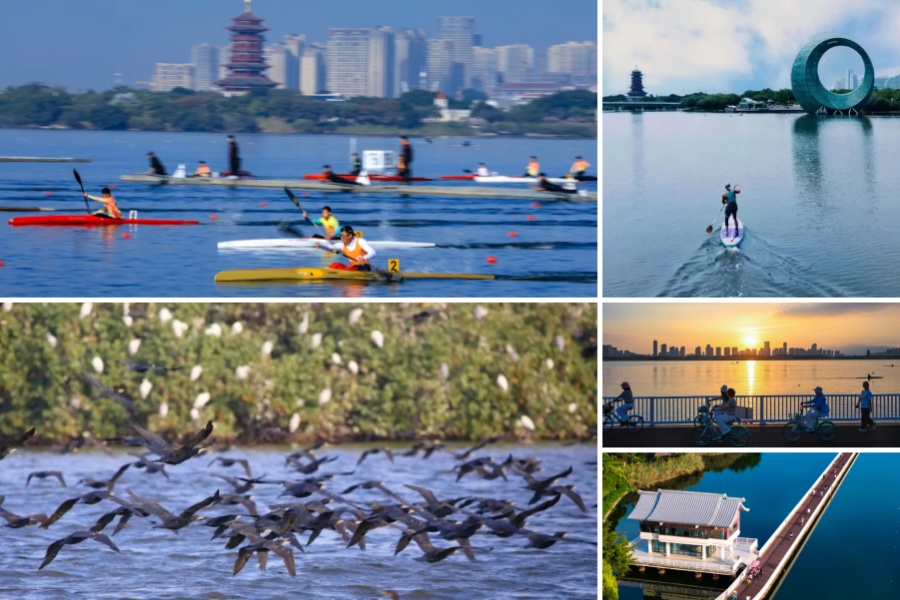
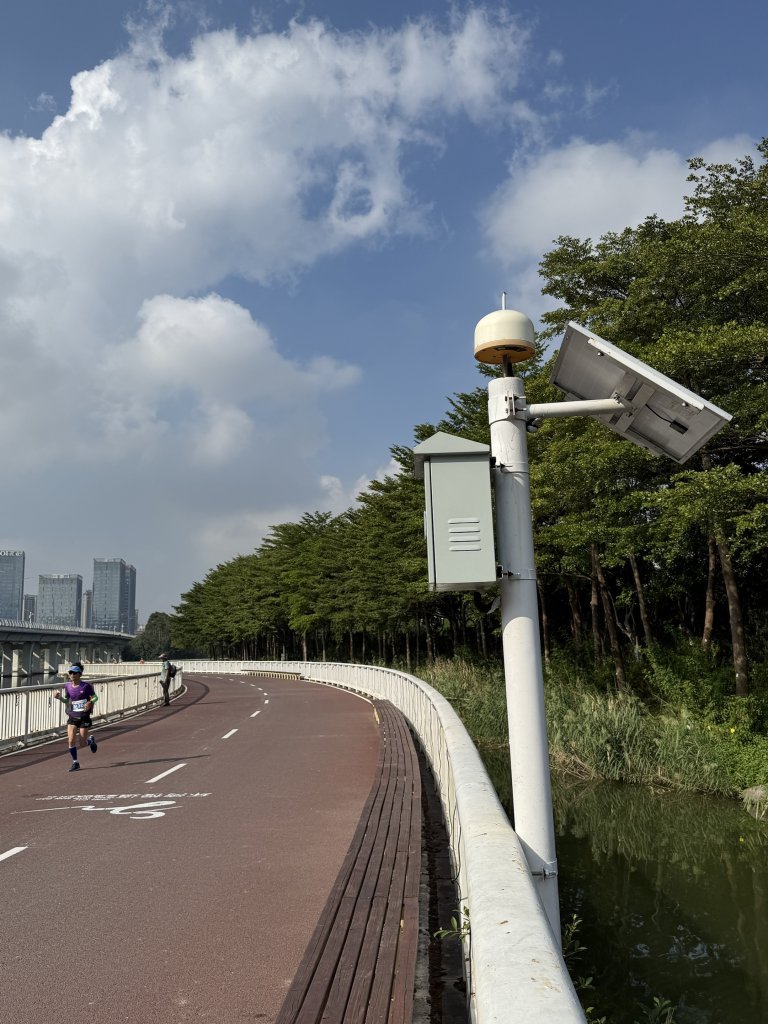
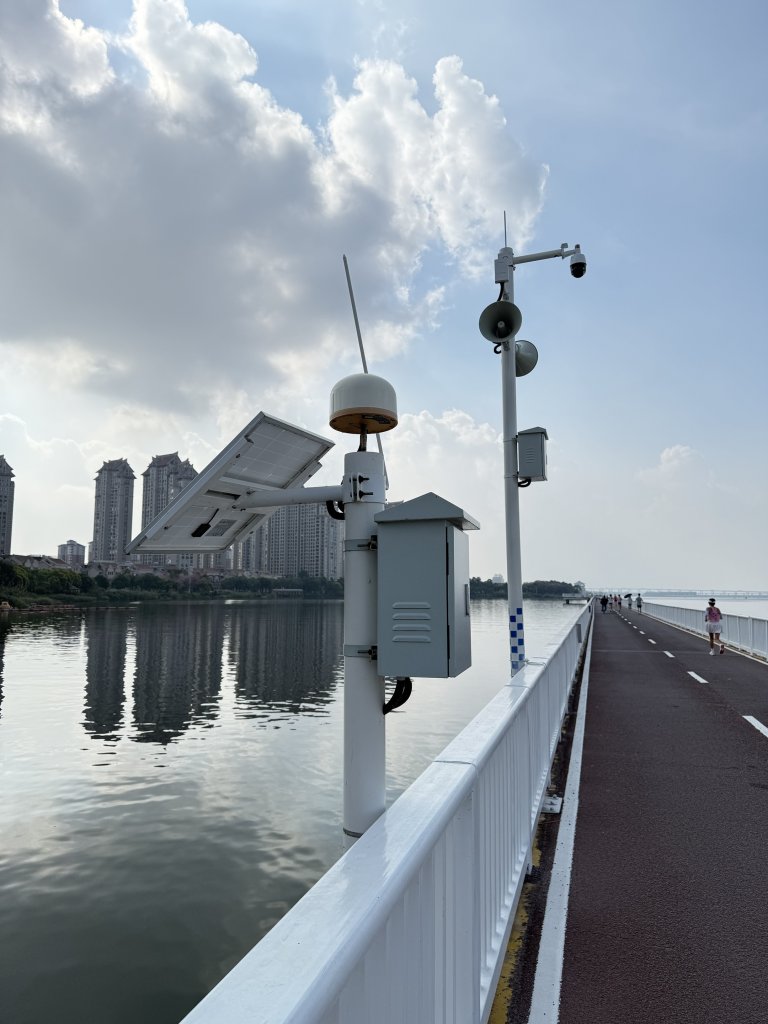
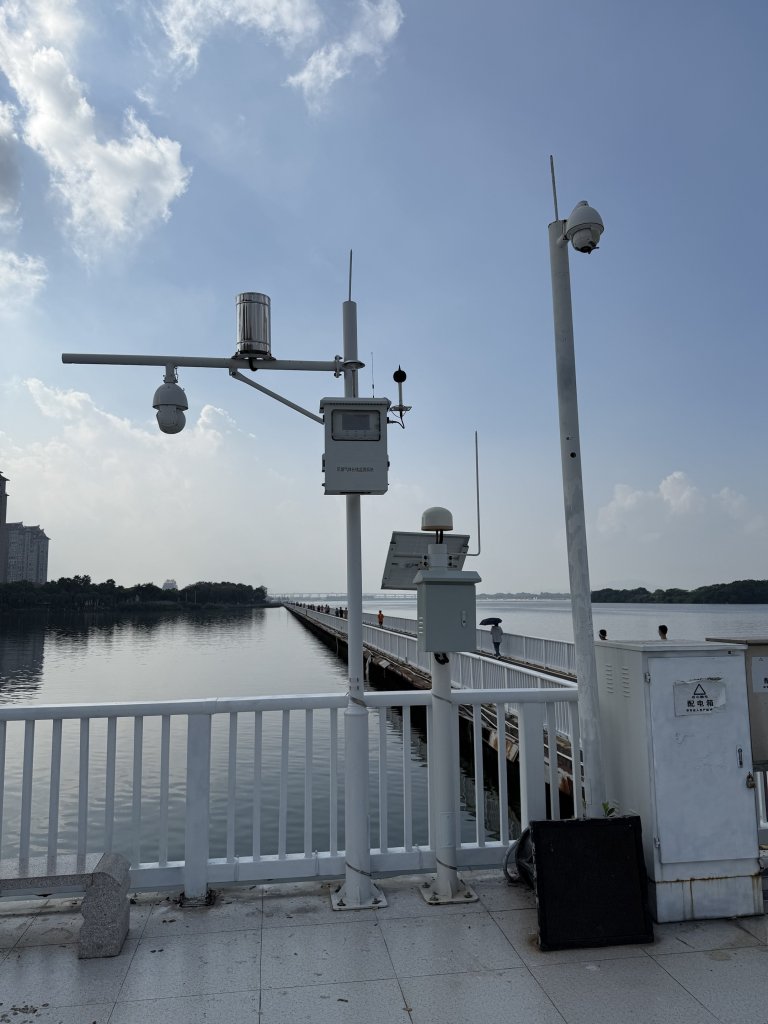
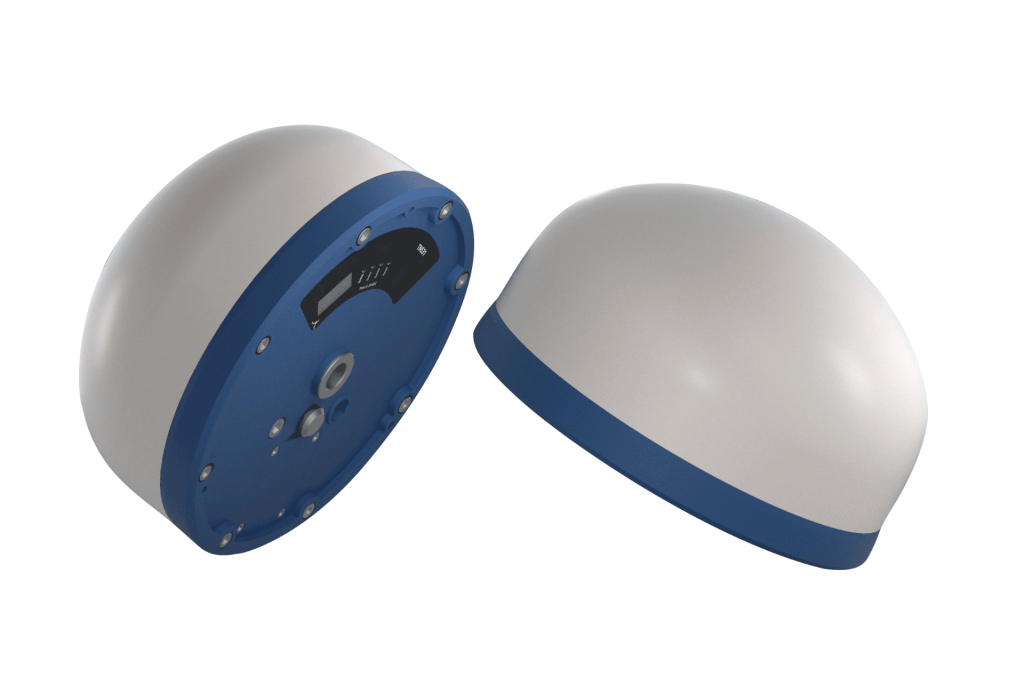
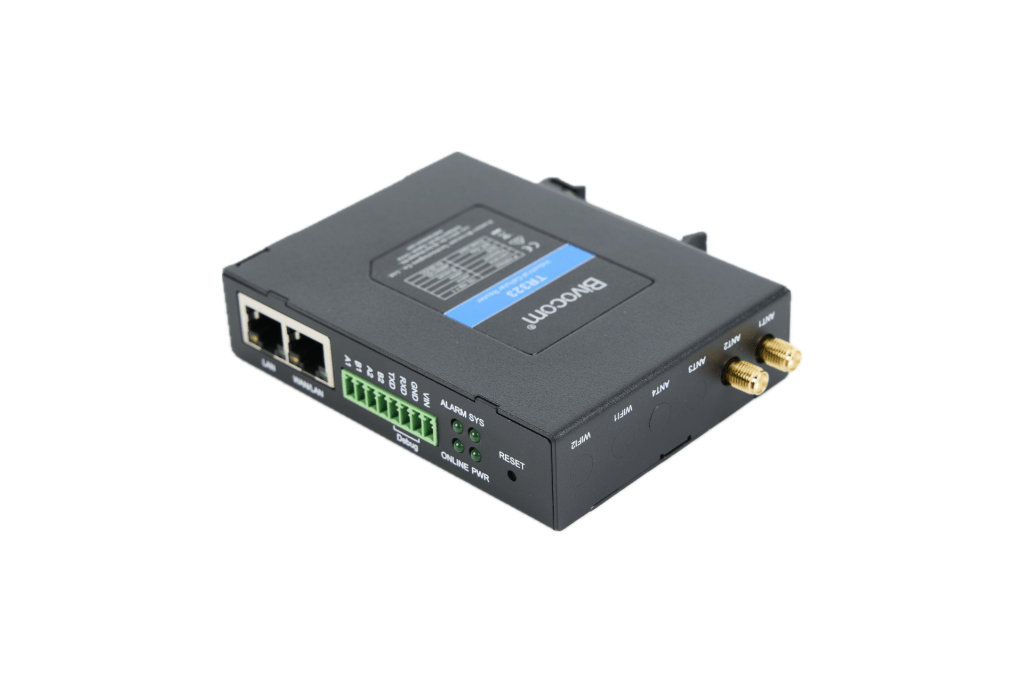
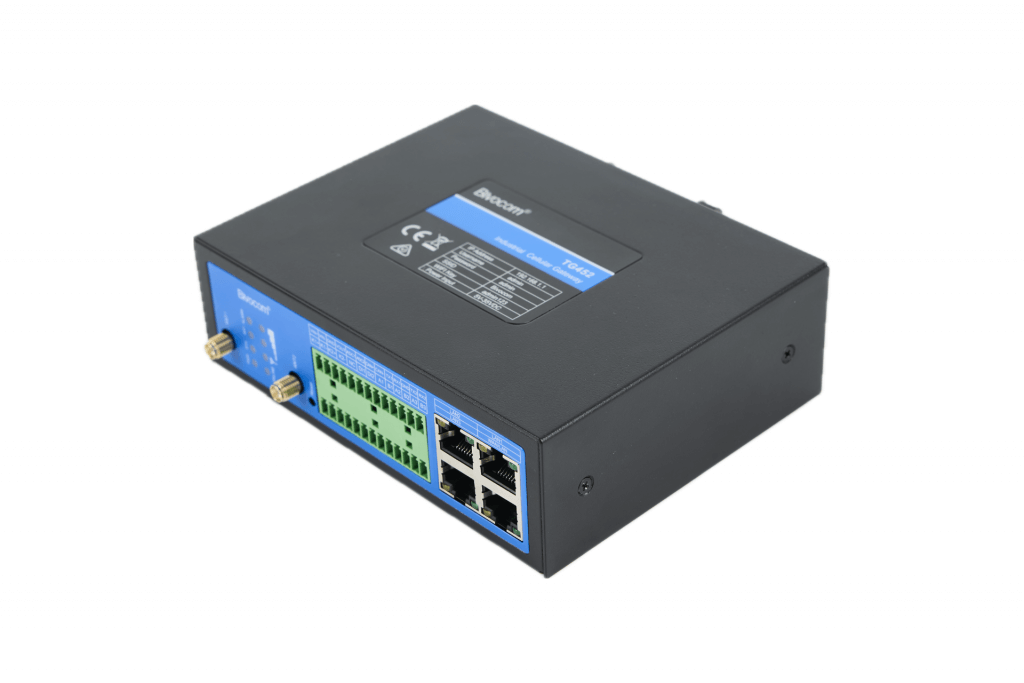
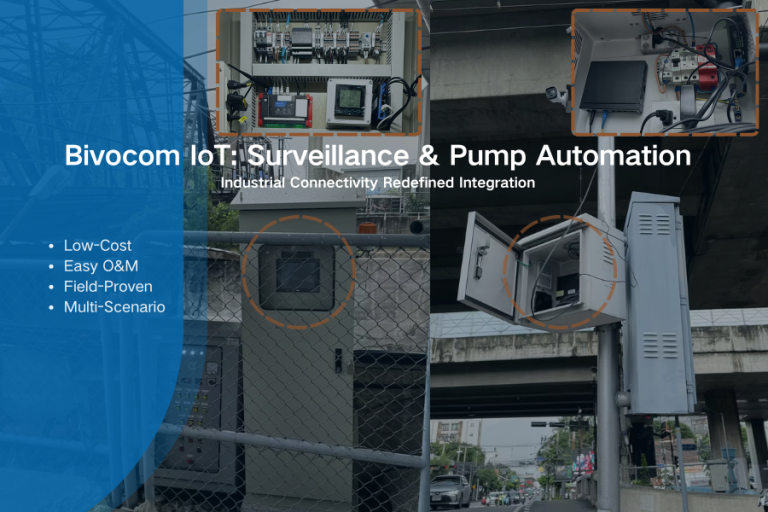
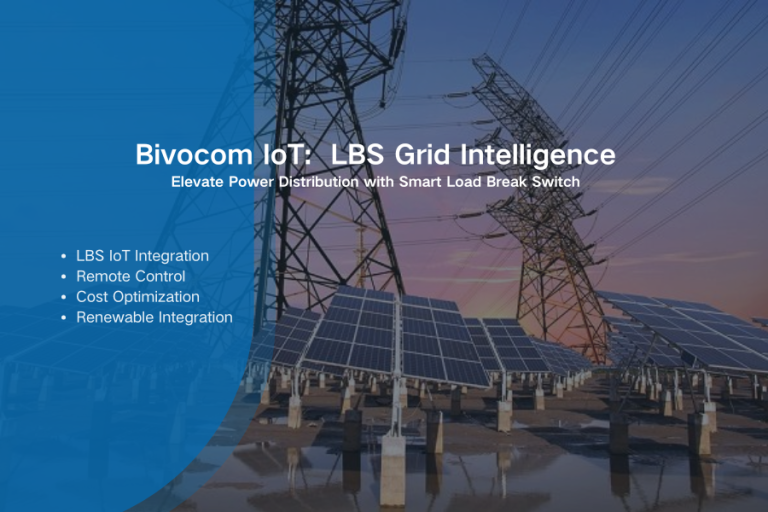
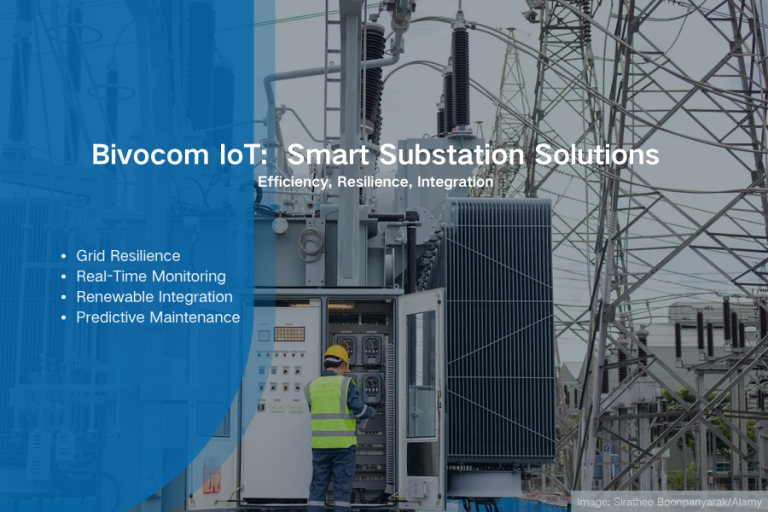
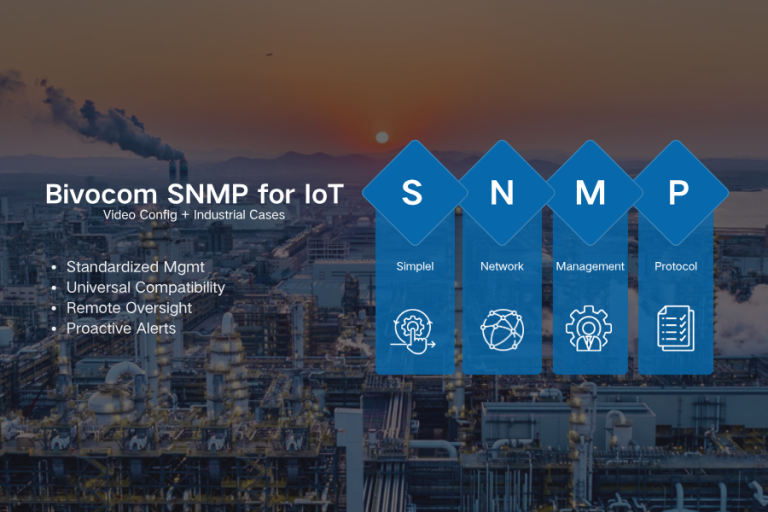
Comment